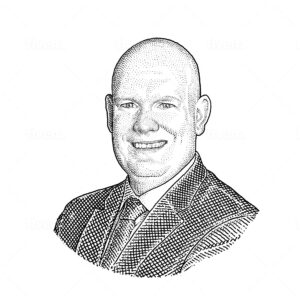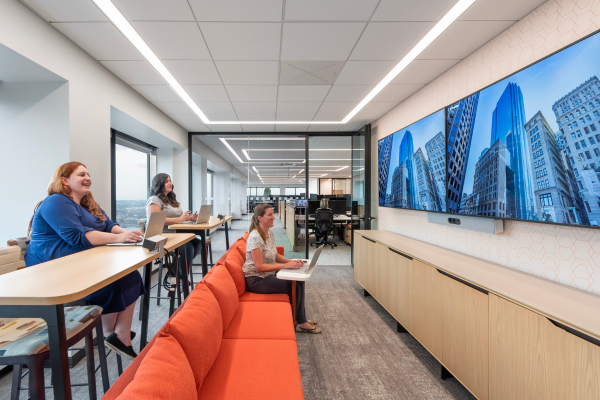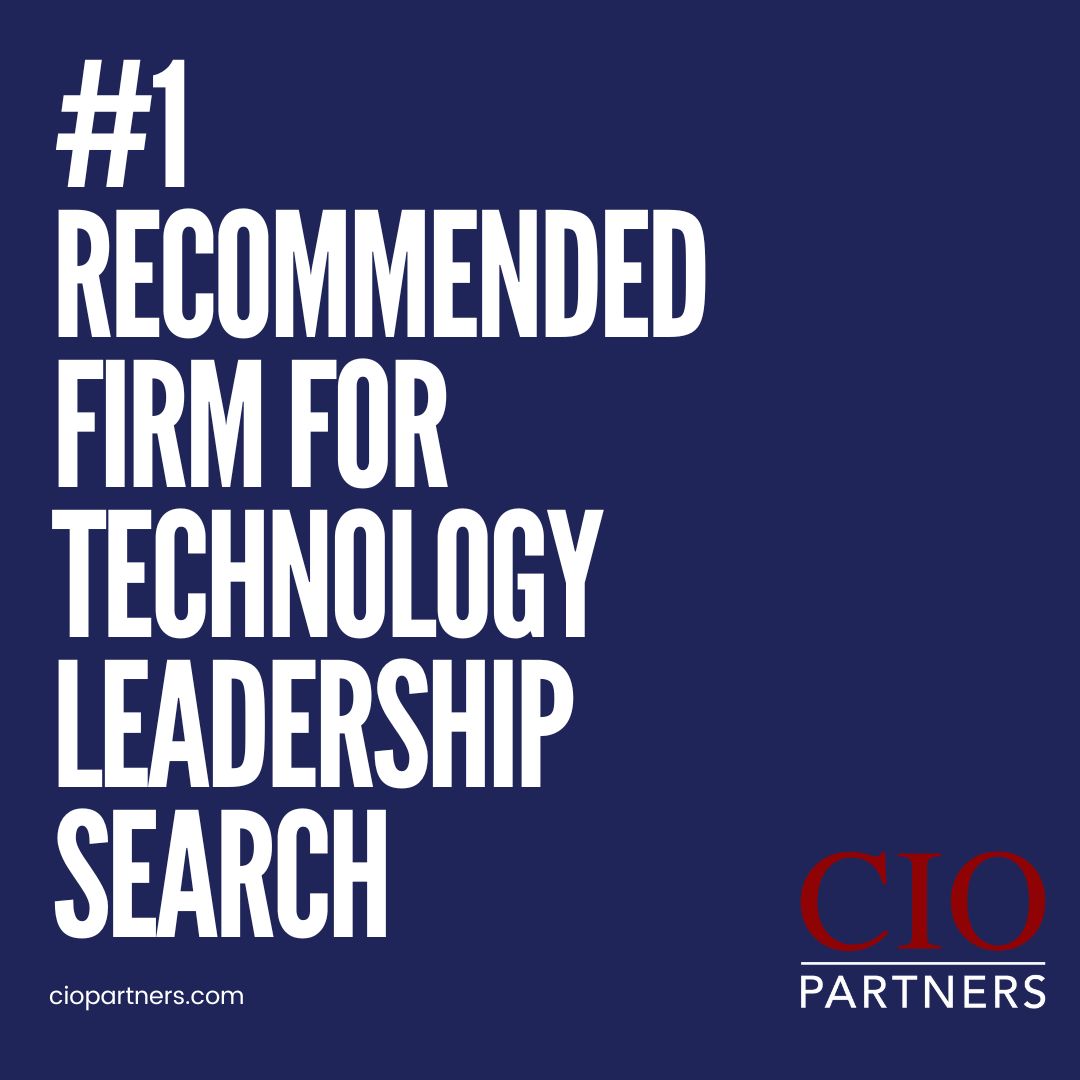Dave Hatz’s professional path is a story of growth from a curious youngster tinkering with technology to the strategic role of a Vice President of Technology at RoomReady, a leading audio-visual integrator that takes a collaborative approach to AV system design, creating intuitive meeting rooms that are simple, fast, and flexible to deploy throughout an organization.
With a dynamic blend of innovative drive, deep technical understanding, and strategic leadership, his career has been anchored by a dedication to growth in both his personal life and professionally.
Throughout this candid interview, Dave offers insights into his professional milestones, the influencers who molded his perspective, and the books that shaped him as a leader. His story is a template for aspiring IT leaders and tech enthusiasts alike, highlighting the integral role of lifelong learning intertwined with the consideration of the critical human aspect of leadership and life.
Walk us through your career path. How did you decide to pursue a career in technology, and how did you get to where you are now?
Reflecting on my career path, it truly began in my youth, driven by a mix of curiosity and entrepreneurial spirit. At ten, I was the kid dismantling my dad’s computer, simply to explore and understand. By thirteen, I had taught myself Visual Basic through watching VHS tapes and landed a programming job through an ad in the newspaper. Even though I was young, I was provided with what was essentially an early internship opportunity. The job was more than just a technical role—it was my introduction to the professional world, setting me apart from my peers at the time.

During my high school years, one of my passions was theater production, hanging the lights and operating the soundboard, running a video camera and a spotlight, and often all at once. The quality might not have been the best when you’re trying to do it all – but it was fun. The time I spent doing this in high school ended up shaping my college decision to study electrical engineering. Though, I quickly realized that the traditional path of an engineer wasn’t for me. Seeking hands-on experiences, I interned with Disney, working in live production, which was enjoyable but also brought clarity on what I wanted to do next. I decided to return to college, finishing my degree while funding my education through production work.
Post-college, I found myself at a crossroads, choosing between a fun, technology-driven role and more traditional options. I opted for the former, rolling the dice at a company that integrated technology for meeting rooms, classrooms, and even TV Stations. That choice built upon my passion for live entertainment technology and allowed me to innovate within the space.
For the decade I was with this company, I thrived on the combination of realizing and innovating, not in the sense of product innovation, but in pulling together separate technologies, using them for different purposes, and driving an outcome that affects the business. Again, I didn’t think of it in terms of the impact on the business at that time, but I’ve since incorporated that into everything I do because of the impact.
My next role provided me with additional opportunities to apply my technical experience and skills to some major projects that I am still proud of. After years with this company, my reputation earned me a leadership role at RoomReady, where I could apply my broad experience to organizational strategy and innovation. It was here that I faced new non-technical challenges, helping to mature the team and guide the company through significant growth.
My journey has been a series of calculated risks, continuous learning, and an unwavering commitment to technology and leadership.
Can you tell us about some of the initiatives you are proud of at your RoomReady and other major accomplishments as a Technology Executive at other points in your career?
In my role at RoomReady, I’ve been dedicated to transforming how meeting room technology is perceived and used. We’ve taken strides to reduce the complexities that come with such technologies, making them more accessible and easier to use. During the pandemic, this mission took on new urgency. We responded by helping organizations quickly adapt to remote collaboration tools, ensuring business continuity.
The establishment of our tech lab was a game-changer; it became a hub for demonstrations, education, and customer support. Currently, we’re expanding into professional services, offering bespoke support and training for IT teams. This ensures not just a seamless setup but an enduring, smooth operational experience for our clients. It’s about moving beyond the initial installation to a lifecycle approach, where ongoing support guarantees the meeting technology continues to serve the evolving needs of businesses.
What do you think about the current state of IT talent that’s available, and what strategies have you used to employ, recruit, and develop that talent?
At RoomReady, we’re tackling the scarcity of ready-trained IT talent by fostering an internal culture of learning and development. Recognizing that the specific technical skills required in our niche aren’t typically covered by traditional education, we’re working to institute comprehensive training programs to bring our talent up to speed on the intricacies of meeting room technology. This investment in internal training ensures that we’re not only equipped to handle the unique challenges we face but also positioned to innovate within our industry.
Our approach to talent acquisition and development is strategic and thoughtful. Utilizing tools like the Culture Index, we carefully match individual traits with job requirements, ensuring a good fit between the person and the position. This process allows us to not just fill roles but to fill them with individuals who will thrive and contribute to our organizational culture. It’s about creating a team that’s not just skilled but also aligned with our values and goals.
In shaping our workforce, we emphasize slow, deliberate hiring and nurturing our staff’s growth through ongoing education. This approach to talent management has proven invaluable in a specialized field where each team member’s impact is magnified.
By investing time in finding the right people and supporting their professional journey, we’ve cultivated a robust team ready to meet the evolving demands of the IT industry.

What new or disruptive technology or emerging trend do you think will impact the work you do at your current organization and the technology industry as a whole?
In discussing the current state of IT talent and emerging technologies, I’m especially optimistic about the advancements in AI within meeting room technology at RoomReady. We’re integrating AI to enhance user experience by allowing for smarter camera framing and audio filtering, which reduces distractions for meeting participants in today’s hybrid work environments.
Plus, with the release of AI for meeting transcriptions, summaries, and the automatic creation of follow up actions in platforms like Microsoft Teams and Zoom, the promise of significant improvements in meeting efficiency is becoming real in 2024. These innovations are not only exciting but also indicative of a vibrant IT talent pool that continues to push the boundaries of what’s possible in technology integration and user experience.
What advice would you give someone aspiring to be a technology leader, based on your experiences and your background?
In my career, I’ve learned that being a technology leader isn’t solely about the technical details; it’s a blend of management, leadership, and a keen understanding of business impact. As I progressed, I had to accept that it wasn’t essential to be the most technically proficient person in the room. Instead, my role evolved to focus on strategic influence and fostering team success. I also realized the insignificance of titles; they don’t define your ability or the value you bring to the organization.
I advise maintaining a clear boundary between work and personal life but be prepared for this boundary to shift as life changes. It’s not just about the hours you put in but about the quality and intent behind them. Recognize that as your personal circumstances evolve, so too might your professional demands and commitments. This understanding has been crucial for my well-being and effectiveness as a leader.
Who would you say has been the biggest influence on your career path, either in school or in a previous role? And why?
In reflecting on the influences in my career, two individuals stand out distinctly. My grandfather grew up on a farm in southern Wisconsin. I didn’t know it until recently, but he instilled in me the importance of the mundane and the monotonous things. We all focus on the flashy things, but for a farmer getting up, doing the chores, caring for the animals, and then doing it again every single day is what’s important to being successful. And I think in business, we all focus on that new initiative, that new fancy thing. But if you’re not rooted in really solid behaviors, really solid processes, and just tendencies, it is a different path.
I think in business, we all focus on that new initiative, that new fancy thing. But if you’re not rooted in really solid behaviors, really solid processes, and just tendencies, it is a different path.
Additionally, the late, Brad Sousa, my CTO at a previous company, profoundly shaped my professional outlook. He was a mentor in the traditional sense, but at the same time, he had a huge sense of curiosity for understanding the human side of everything we do. A lot of the things he used to say are things that I hold close to me in the way I lead and work with our clients.
How do you decompress from the challenges of being a technology executive? What do you like to do for fun?
I’ve always been a lifelong hockey fan, but it wasn’t until recently that I actually started playing. My wife played in college, and she’s phenomenal, so as I was encouraging her to get back into it, I stumbled upon an adult league for beginners and I joined. I’m also starting to enjoy it through a different set of eyes too because my daughter just joined her first hockey team. Do I think she’s going to stick with it? I don’t know. But she had a smile on her face all game yesterday, so that’s what matters.
Hockey is pretty much the main outlet I’ve got that’s mine right now. I still struggle with making free time, especially with young kids, but I do take a lot of pride in being present for my family.

Are there any books that you recommend, books that you’ve given to others, or have shaped you as a leader?
Honestly, Lencioni’s Five Dysfunctions of A Team is one that I’ll either read or put on the audiobook twice a year because there are some really good reminders in there. We have quarterly leadership meetings and that book always gets my mind right ahead of our planning.
10x is Easier Than 2x is another favorite of mine. It is hard to get everyone on board with making little changes. However, if I say “We’re going to do 10x better.”, well, you can’t just wing it. You’ve got to go in with intent. Sometimes it’s easier to get the team involved and to hold yourself accountable if it’s a big change because you have to rally and you can see who is and is not on board.
Connecting the Dots by John Chambers is another great read with a lot of strong lessons and stories. It’s entertaining but also goes through some business chapters that he experienced over the years. The last recommendation is one that I am reading right now, 12 and a Half by Gary Vaynerchuk. It is focused on emotional intelligence as a key to achieving business success.





